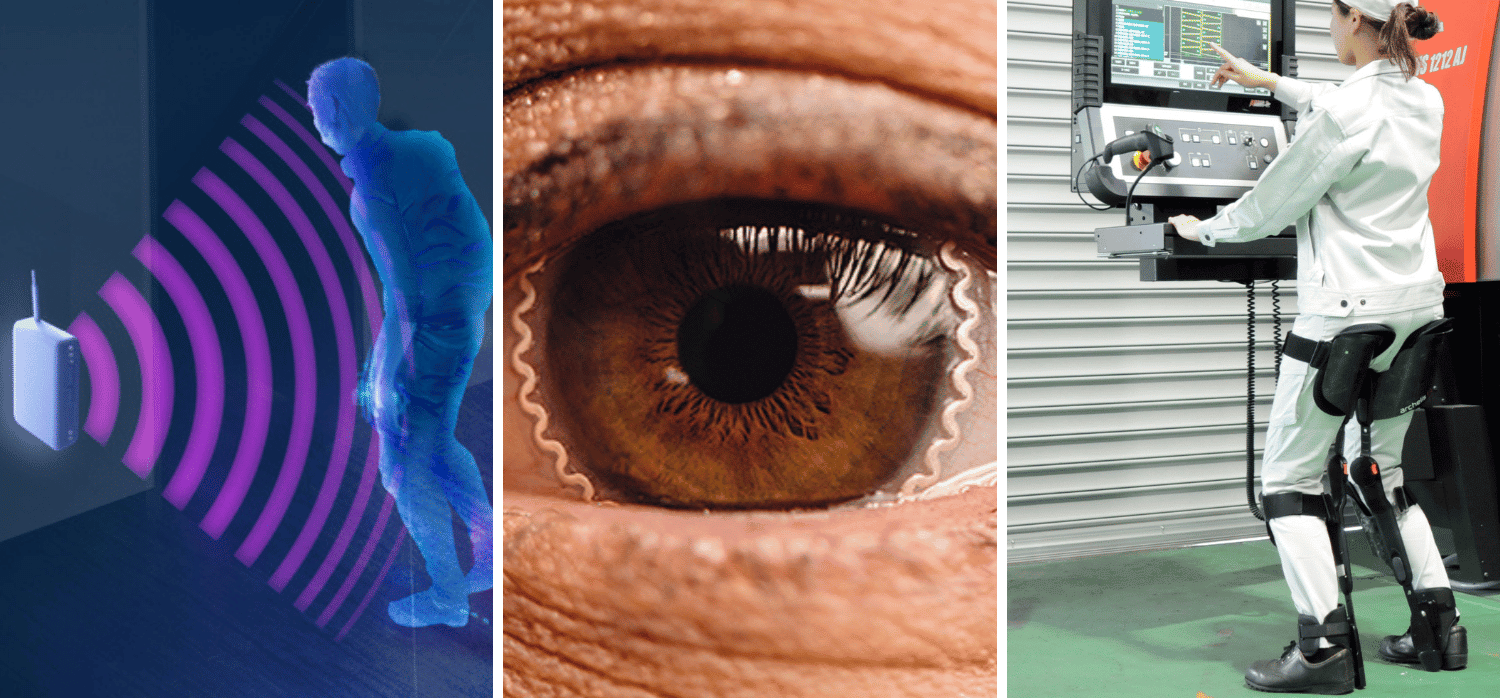Seven innovations for the future of health
Innovation Snapshot
Ahead of World Health Day, discover seven of the freshest innovations for disease prevention and detection
Over the past century, the world has made amazing strides in improving life expectancy. But what will be the main health challenges over the next twenty years?
In past centuries, infectious diseases have been the biggest threat to human health. But according to Hugh Montgomery, OBE, Professor of Intensive Care Medicine at University College London, the challenge in developed countries will be non-communicable diseases – those that are not spread through other people. Writing in our Future 2043 report, published earlier this year, he argued: “The drivers for non-communicable diseases (which include a lack of active transport, diets comprising ultra-processed foods, and poor air quality) are sustained.“
We therefore see a lot of healthcare innovations that are focused on disease prevention, earlier detection of illness, and promotion of healthier lifestyles. And through technology, these are being integrated into our daily lives increasingly seamlessly.
The topic of health is timely as 7th April is World Health Day (WHD). For a deep dive into the innovations related to this year’s WHD theme of ‘Health for All’, read our Sustainable Source feature. But to discover the top innovations focused on the prevention and early detection of non-infectious disease read on.
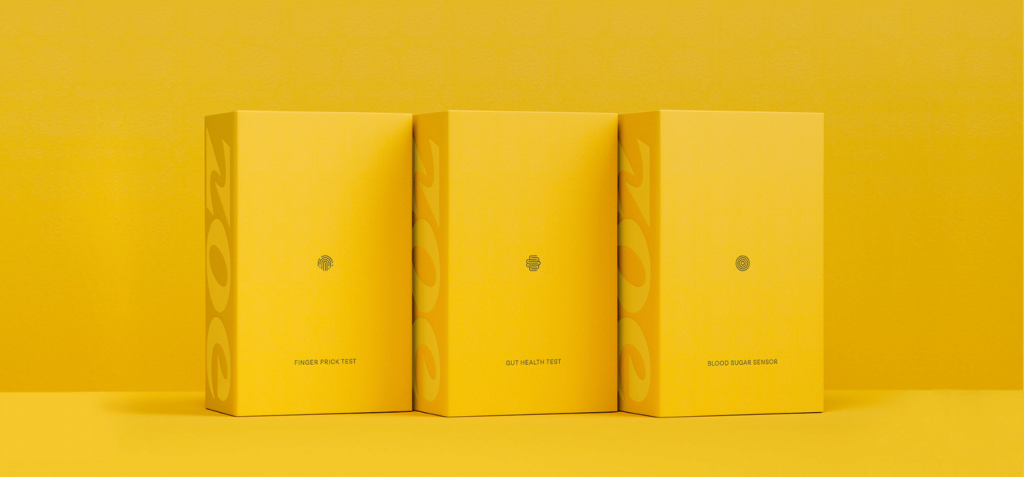
1. AN AT-HOME KIT FOR PERSONALISED FOOD RECOMMENDATIONS
Good gut health is increasingly recognised as an essential component of physical and mental wellbeing, with imbalances in the gut microbiome impacting the development of metabolic diseases and cancer. Proper nutrition plays a key part in gut health, but a nutritious diet can look different from person to person. With a personalised nutrition programme, British startup Zoe is helping people understand the impact of certain foods with an at-home test kit, so that users can better look after their guts. The company’s approach combines large-scale human studies with artificial intelligence (AI) technology and microbiome sequencing to provide accurate and science-backed results. Read more

2. USING AI TO ELIMINATE PROTEIN ALLERGIES
In western countries, peanut allergies affect approximately 2 per cent of the population. And they are increasing in prevalence. Now, biotech startup Ukko – founded by Professor Yanay Ofran and Dr. Anat Binur – has used a combination of patient samples, computational biology, immunology, and protein engineering to create a potentially revolutionary peanut allergy treatment. Ukko’s new therapeutic was developed through a platform that separates out the toxic elements of the peanut protein from the curative ones. As a result, the treatment can build up a patient’s resistance to peanuts without exposing them to the harmful parts of the allergen. Read more
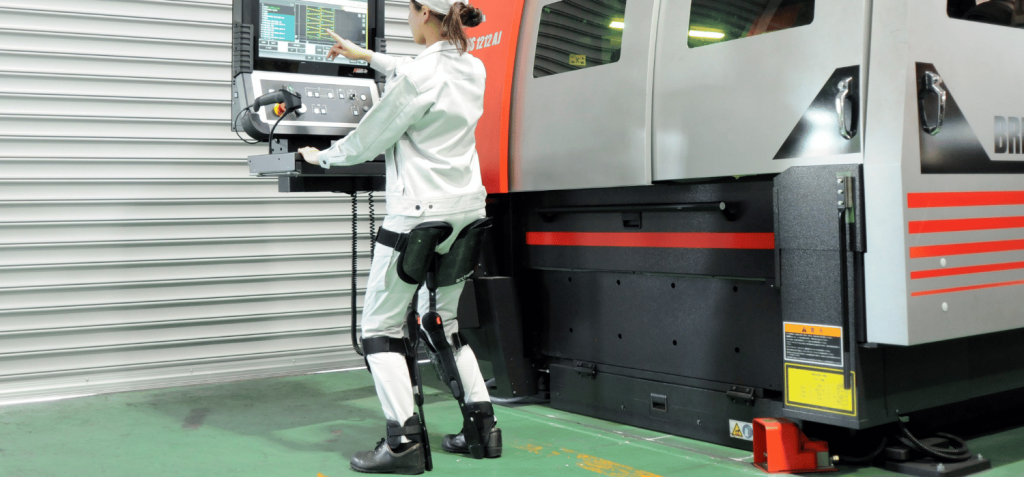
3. AN EXOSKELETON HELPS TO REMOVE PAIN WHEN WORKING STANDING UP
As anyone who has worked in a job that requires manual labour can tell you, spending all day on your feet is exhausting and hard on the body. In fact, one study found that occupational physical activity is associated with an 18 per cent increased risk of early mortality for men, likely due to the strain put on the cardiovascular system by repetitive movement. On top of this, repetitive manual labour can lead to fatigue and muscle, joint and bone pain, and injuries. To help, startup Archelis has developed what it describes as an “exoskeleton assist suit” that enables leg-strain-free standing. The device is attached to the legs and allows the weight of the upper body to be dispersed and supported by the shins and thighs, reducing stress on the feet by as much as 50 per cent. Read more
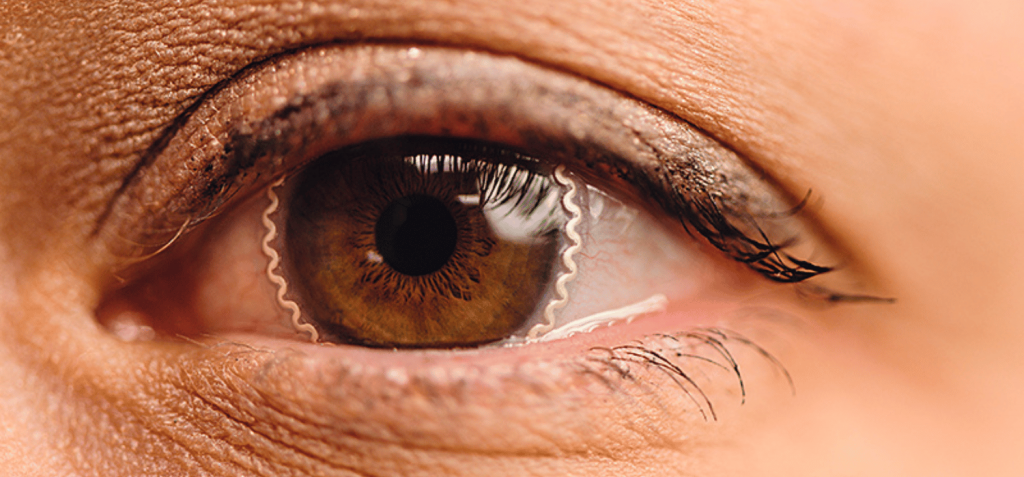
4. DIAGNOSING GLAUCOMA WITH SMART CONTACT LENSES
Glaucoma is a common condition where the optic nerve, which connects the eye to the brain, becomes damaged. This is often caused by fluid building up in the front part of the eye, which increases the pressure inside. It affects more than 80 million people worldwide. While it’s not possible to reverse any loss of vision that occurs before diagnosis, treatment can prevent further degeneration. And now, startup BVS Sight Inc. hopes to speed up diagnosis with a smart contact lens. Read more
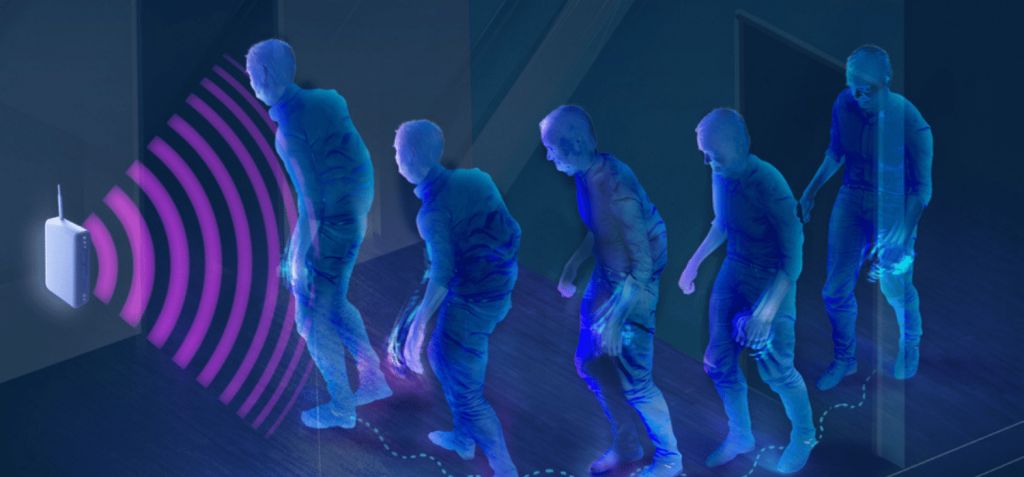
5. AN IN-HOME WIRELESS DEVICE TRACKS PARKINSON’S DISEASE
According to the World Health Organization, Parkinson’s disease is the fastest-growing neurological disease in the world, affecting more than 10 million people worldwide. While there have been major advances in the treatment of the disease, there remain huge challenges in diagnosing and treating the condition. Now, researchers from the Massachusetts Institute of Technology (MIT) have developed a wifi-sized in-home device that can monitor a patient’s movement and speed, without the need to wear a gadget. The device uses radio signals that reflect off the patient’s body as they move around their home, collecting data throughout the day. This information can be used to generate a report that clinicians can use to diagnose severity, track the progression of the disease, and tailor treatment accordingly. Read more
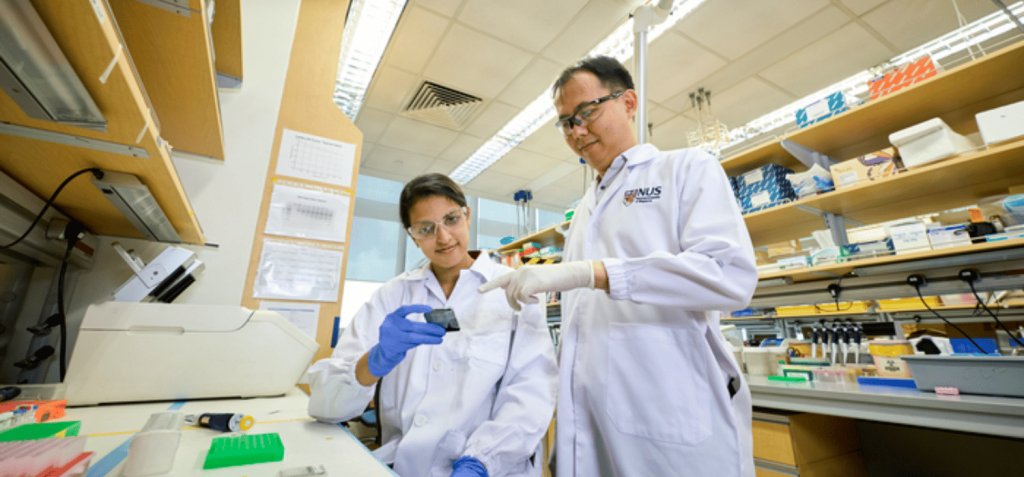
6. A NEW, AFFORDABLE CANCER TESTING METHOD
In 2020, there were 18.1 million cases of cancer across the globe, with 9.3 million of these being in men and 8.8 million in women. Not only is the diagnosis extremely distressing for the people involved, the cost of treatment and monitoring is constantly rising as well. Now, researchers at the National University of Singapore (NUS) have developed a non-invasive testing technique that is much more affordable than other methods. Traditional testing methods analyse blood samples for the DNA signatures of cancer cells. However, sifting through all the genetic material in a sample – a method called whole-genome sequencing – is expensive and labour-intensive because cancer-specific biomarkers tend to be concentrated in areas known as CpG islands, which make up only around one per cent of the genome. The new method, however, discards non-informative sections in a patient’s DNA and targets the CpG island. Read more

7. A WEARABLE THAT PREDICTS AND MEASURES STRESS
The fitness tracker market is heating up. According to Fortune Business Insights, the impact of COVID-19 has led to a tremendous boost for wellbeing and fitness wearables. And they expect this growth to continue in the post-pandemic period, with the global fitness tracker market projected to reach $114.36 billion (around €116 billion) by 2028. But it’s not all Fitbits and fitness. Health innovation company NOWATCH has introduced a product they are calling an ‘awareable’ that is designed to measure stress levels and gently remind wearers to slow down. Read more
Written By: Matthew Hempstead
For more innovations, head to the Springwise Innovation Library.
4th April 2023
